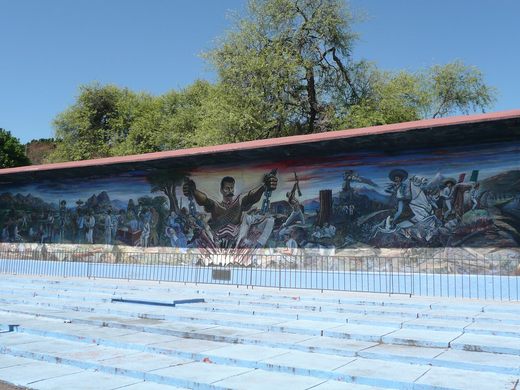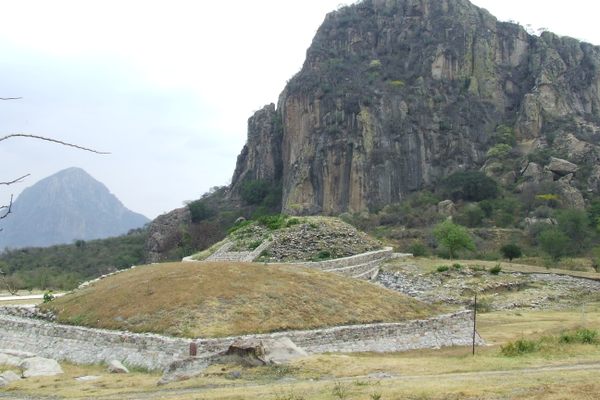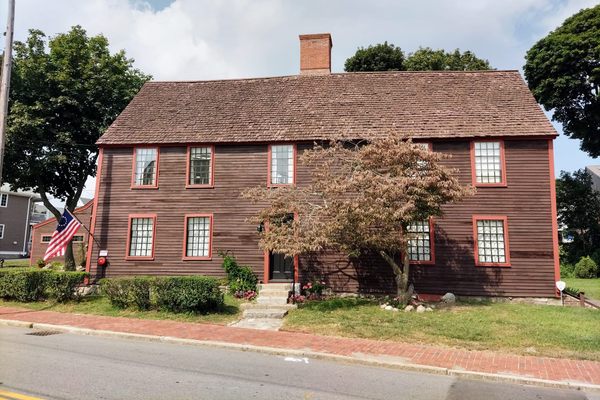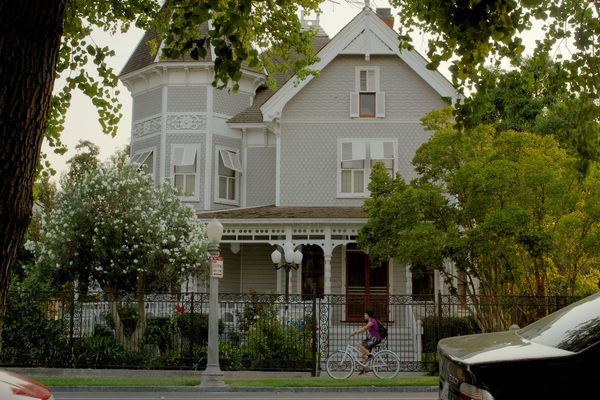AO Edited
Emiliano Zapata House Museum
The ruins of the humble house of one of Mexico's most iconic revolutionaries.
In front of a striking mural at the center of the sun-baked town of Anenecuilco stands the ruins of a house in which the iconic revolutionary Emiliano Zapata was born and grew up. Born in 1879 to a mestizo (mixed Indigenous and Spanish ancestry) and campesino (rural peasant) family, Zapata was orphaned at a young age. His early life was marked by misery, poverty, and exposure to the brutality and injustice of the hacienda system.
At the time, Mexico’s hacienda system was roughly analogous to the feudal system of medieval Europe. Rich, politically powerful landowners (of criollo white Spanish ancestry) owned vast estates, while campesinos (typically of Indigenous or mestizo ancestry) worked the land as indentured servants.
The campesinos’ revolts, protests, or even simple requests for improved working and living conditions were often met with heavy-handed violence by the brutal hacienda owners, who had the support of both the Mexican state and the Catholic church. During this period, Mexico was ruled by the dictator Porfirio Díaz, a former revolutionary who had once fought against the French occupation of Mexico alongside Benito Juarez. In old age, he became known as a vicious and corrupt tyrant.
By the early 20th century, Mexico had become a pressure cooker, and the downtrodden campesinos of many southern towns such as Anenecuilco began to openly revolt against their regional oppressors. More and more people were expressing desires to rise against Díaz’s stultifying dictatorship, across class divisions and in both urban and rural areas.
In 1909 a young Zapata, influenced by anarchist ideology and elected as president of the board of defense for Anenecuilco, built up a guerilla army, seized arms, and occupied the land of the local hacienda owner by force. Eventually, the land was distributed among the group to farm. Zapata’s guerilla forces—known as the Zapatistas—joined the wider Mexican revolution a year later and quickly succeeded in capturing the town of Cuautla. They continued to deliver military defeats to the army of the dictatorship.
When the dictatorship was defeated and the revolutionary leader Francisco Madero entered Mexico City in 1911, he was met by Zapata who suggested that agrarian reform should be deepened across the country. This plea was rebuffed, and a disillusioned Zapata returned to his hometown.
A protracted period of infighting and power struggles amongst the revolutionaries saw Zapata make many enemies amongst the middle classes due to his steadfast insistence on the need for radical agrarian reform. In 1919, a hit squad was sent to Morelos by politician and wealthy landowner Venustiano Carranza. They succeeded in ambushing and assassinating the revolutionary, who had been invited under false pretenses to negotiate the program of agrarian reform that was so dear to his heart and that he had fought for his whole life.
Today, you can visit the ruins of Zapata’s former home in Anenecuilco. There is a small museum nearby, which holds many more artifacts relating to the life of Zapata and the history of the Mexican revolution in Morelos.
Know Before You Go
The house and mural of Emiliano Zapata can be seen for free in the center of the town.





















Follow us on Twitter to get the latest on the world's hidden wonders.
Like us on Facebook to get the latest on the world's hidden wonders.
Follow us on Twitter Like us on Facebook